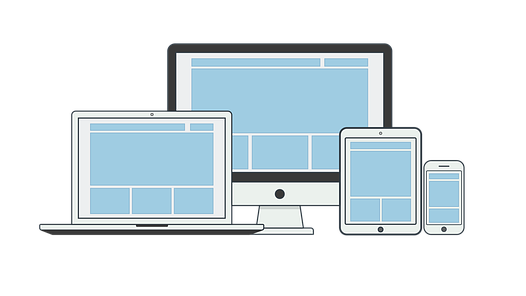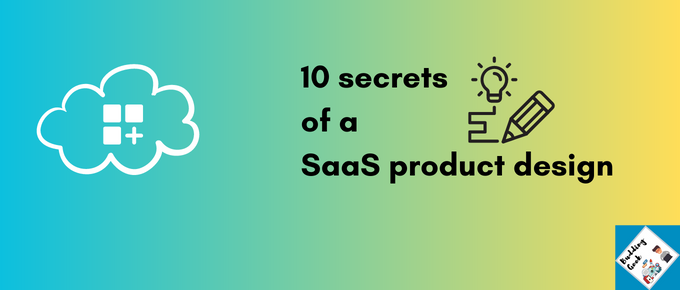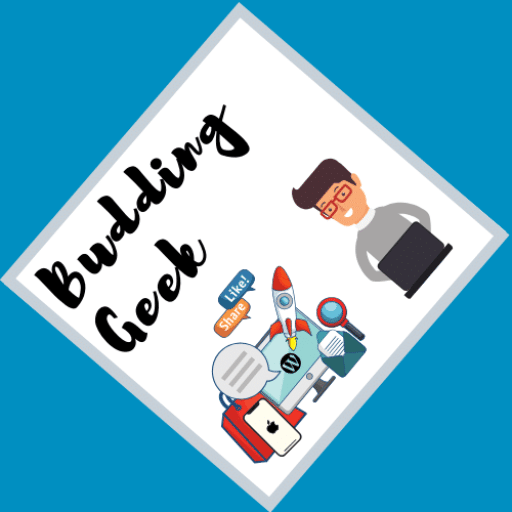The long-term success of a Software as a Service (SaaS) product depends on how well it satisfies the user experience of its targeted customers. Therefore, in this post today, our guest author Eisele Candace will share actionable insights and practical tips to take your SaaS product design to the next level.
Thanks to the advantages of SaaS solutions in terms of scalability, affordability, and flexibility, the market for SaaS products is expanding at an unprecedented rate. Businesses that do not adopt this trend are in danger of falling behind their rivals. However, while the benefits of SaaS are clear, designing efficient products can be challenging. And, that’s what will be our key focus area in this post today!
The state of the SaaS market
Let’s first try to understand the current state of the SaaS market.
Software as a Service (SaaS) systems have become an essential component of modern business operations. Statistics say, the global SaaS market is projected to reach USD 307.3 billion by 2026, growing at a compound annual growth rate (CAGR) of 11.41% from 2021 to 2026.
The significant growth in the SaaS market is attributed to:
- Lower costs —SaaS products are generally less expensive than traditional software because they are delivered over the internet and do not require expensive hardware or software installations.
- Flexibility — SaaS products are designed to be flexible and scalable, allowing businesses to easily add or remove features as their needs change.
- Ease of use — SaaS products are designed to be user-friendly and intuitive, making it easier for businesses to train their employees and integrate new software into their workflows.
- Remote work — With more businesses embracing remote work, cloud-based software solutions have become increasingly important as they allow employees to access data and applications from anywhere with an internet connection.
- Advanced technology — SaaS products are often built on advanced technology such as artificial intelligence and machine learning, which can help businesses improve their operations and decision-making processes.
- Subscription-based model — The subscription-based model of SaaS products allows businesses to pay for software on a monthly or annual basis, rather than making a large upfront investment. This can make it easier for businesses to budget and manage cash flow.
Common SaaS product design standards
The design of a SaaS product is critical to its success in the market. SaaS product design standards include:
- Usability — Usability is a critical aspect of SaaS product design, as it determines the user experience. A well-designed SaaS product must possess a user-friendly interface that is straightforward and effortless to navigate.
- Scalability — Scalability is another crucial factor, as SaaS products must be able to handle a large number of users and data without compromising performance.
- Reliability — Reliability is also critical, as users expect their SaaS systems to be available and functioning correctly at all times.
- Security — Security is essential, as SaaS systems often store sensitive data, and a security breach could have catastrophic consequences.
Design issues for SaaS products
SaaS products also face several design issues that can affect their success in the market. Some of the key design issues are:
- Customization — Customization is a critical aspect of SaaS design patterns. While SaaS products are configurable, each customer’s needs and requirements may differ. Therefore, a SaaS product should provide customization options that enable customers to personalize the product to their unique needs. This ensures that the product is more accessible, effective, and appealing to a broader range of users.
- Data integration — SaaS products often need to integrate with other systems to exchange data and should offer easy and seamless data integration options.
- Performance — SaaS products need to perform well even when handling a large volume of data or users. A well-designed SaaS product should be optimized for performance to ensure that users can complete their tasks efficiently.
Solving major issues SaaS products face
To address the above-mentioned design standards and issues, SaaS product designers should follow best practices in SaaS web design.
One of the most critical best practices is user-centered design (UCD).
UCD involves designing products with the end-user in mind, ensuring that the product meets their needs and expectations. This strategy entails performing user studies, developing user personas, and conducting product testing with actual users.
Additionally, Agile development is a recommended approach that involves dividing the product development cycle into smaller, more feasible stages. This method enables swift prototyping and testing, ensuring that the product satisfies user demands and specifications.
Finally, an important component is continuous delivery, which involves delivering small, incremental updates to the product, rather than large updates. By using this method, the product can receive feedback and updates at a faster pace, guaranteeing its relevance and modernity.
The design of a SaaS product is critical to its success in the market, and designers must adhere to design standards and address design issues to create successful products. Best practices in SaaS UX design, such as user-centered design, Agile development, and continuous delivery, can help designers create successful SaaS products that meet user needs and expectations. It’s actually crucial in various industries, even in financial software development.
Proper SaaS software design ensures user-friendly interfaces, scalability, security, and regulatory compliance, leading to efficient financial operations and customer satisfaction.
Make sure to partner with IT companies that possess specialized knowledge, tools, and resources required for developing innovative and effective SaaS solutions, which can result in better outcomes and customer satisfaction.
Here are the 10 secrets of SaaS product design that can help companies create a successful product:
1. Simplicity
Simplicity is the key to a successful SaaS product. The SaaS product must have a straightforward and user-friendly interface. Users should be able to navigate easily and locate the desired features effortlessly.
2. Responsive design

The product must feature a design that responds promptly and performs efficiently on various devices, such as desktops, laptops, tablets, and smartphones. The design should be flexible and adapt to the screen size of the device in use.
3. Personalization
A successful SaaS product should allow users to customize their experience. Customization options, such as personalized dashboards, language preferences, and custom themes, can be implemented to provide a personalized experience.
4. Scalability
Top-rated SaaS systems are scalable, meaning they are able to handle an increase in users and traffic without compromising performance. This is of utmost significance for companies that are expanding rapidly and must cater to an increasing number of users.
5. Security
Security is paramount for any SaaS product. It must be created with security as a top priority, incorporating measures such as regular security audits, encryption, and two-factor authentication. User data protection is essential for any customer who works with online products.
6. Integration
SaaS products should possess the ability to integrate with other software applications that a company may utilize. This includes integrations with customer relationship management (CRM) software, marketing automation software, and accounting software.
7. Analytics
SaaS solutions should provide users with detailed analytics and insights into their data. This can include metrics such as user engagement, conversion rates, and revenue.
8. Feedback
To meet customer needs, your SaaS solution should provide users with an easy way to provide feedback. Features like in-app feedback forms and user surveys can be utilized to attain this objective. Feedback is essential for improving the product and meeting the needs of customers.
9. Documentation
A successful SaaS product should include comprehensive documentation that explains how to use the product and its features. Documentation should be easily accessible and include tutorials, FAQs, and user guides.
10. Support
SaaS products won’t achieve success without excellent support. Features such as live chat support, email support, and a knowledge base can be implemented to accomplish this. The support team should be knowledgeable and responsive, and should be able to help users quickly resolve any issues they may encounter.
Conclusion
A successful SaaS product design requires a combination of simplicity, responsiveness, personalization, scalability, security, integration, analytics, feedback, documentation, and support. However, you won’t be able to provide such a solution to your customers if you lack expertise in such systems.
SaaS development requires specialized expertise in cloud computing, data management, and user experience design. That’s why developing SaaS-based software solutions with an experienced software engineering team is essential. An experienced team can ensure the software meets the needs of the target market, is competitive, and delivered on time and within budget. Remember, a well-designed product can make all the difference in the highly competitive SaaS industry. Good luck!

Eisele Candace
Technical Content Writer at Yalantis
Eisele Candace has 8 years of experience as a technical writer, specializing in content related to IT technologies and web design in the software development company – Yalantis. Holder of a graduate degree in Journalism, and a diploma in Public Relations. She also finished courses on “UI / UX / Web design”. In her personal time, she enjoys reading, hiking, and spending time with family.

